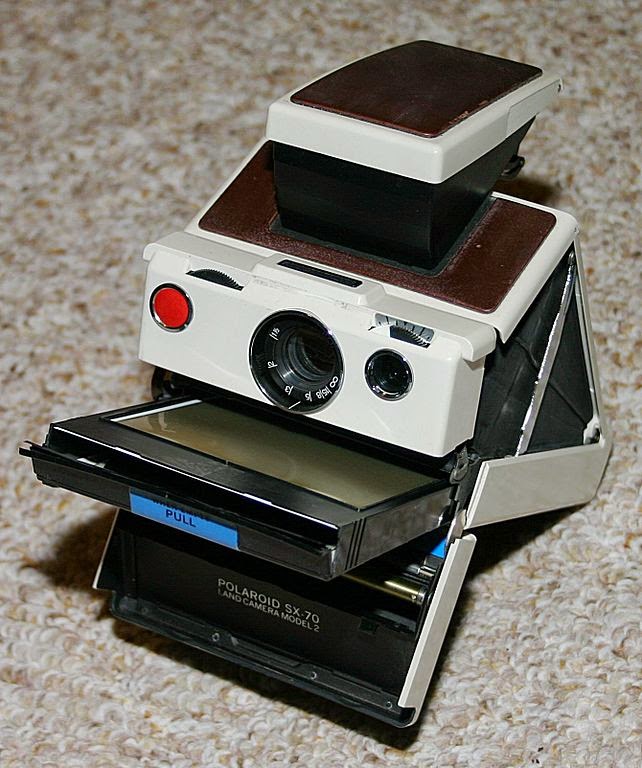Karim Rashid is one of designers who believe that designing something is more than just serve a function. To him functionality is essential, but at the same time he wants to move people. "You concentrate on the object but there should be a sense of humanity too. Something soft that touches you and makes you feel at ease," says Karim.
The approach produces a variety of product design with bright colors and a sensual curves; an approach that he describes as "sensual minimalism". And again the approach is expertly showcased through
the Ottawa Collection (2012), an extensive collection of dining room consisting of chairs, dining table, sideboard, rug, and accessories with style immediately recognizable as his trademark.
Karim designed the Ottawa Collection for BoConcept, a Denmark-based global retail furniture chain. The design is unique, combining sensual minimalism and functionality offers the features and details that serve the needs of the urban environment. Partially table and chairs design from Ottawa Collection gave Karim Rashid
the Red Dot Award winner as well as a
Good Design Award.
Perhaps become an important question of how a collection that was made for - and manufactured by a Danish company named a city in Canada? Well, Rashid was inspired by the City where he studied and graduated from college 30 years before he was designing this collection. His designs for BoConcept were inspired by both the Canadian and the Danish landscape.
Through the following video Karim Rashid shows his vision and design philosophy applied when designing the Ottawa Collection:

















































